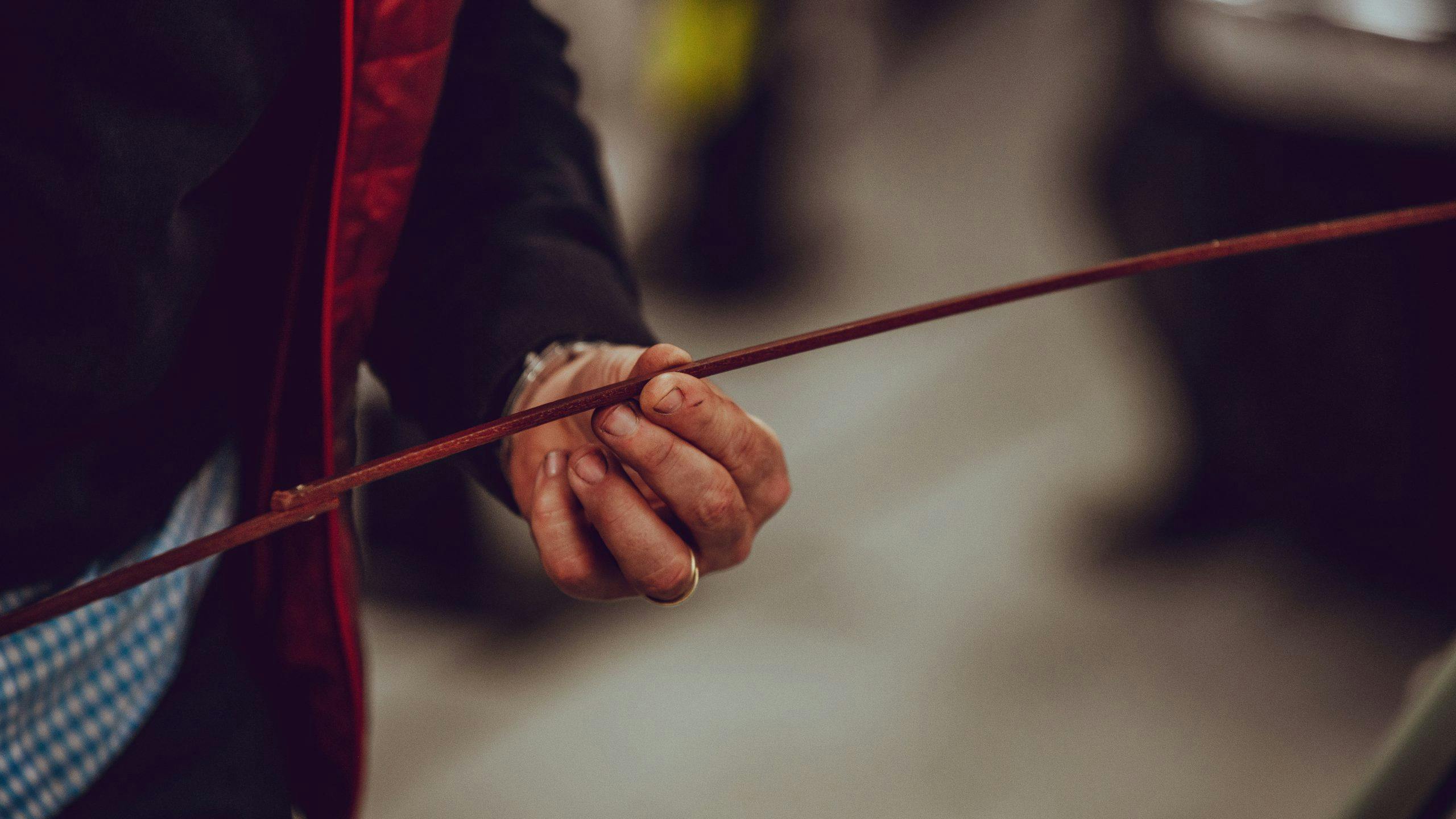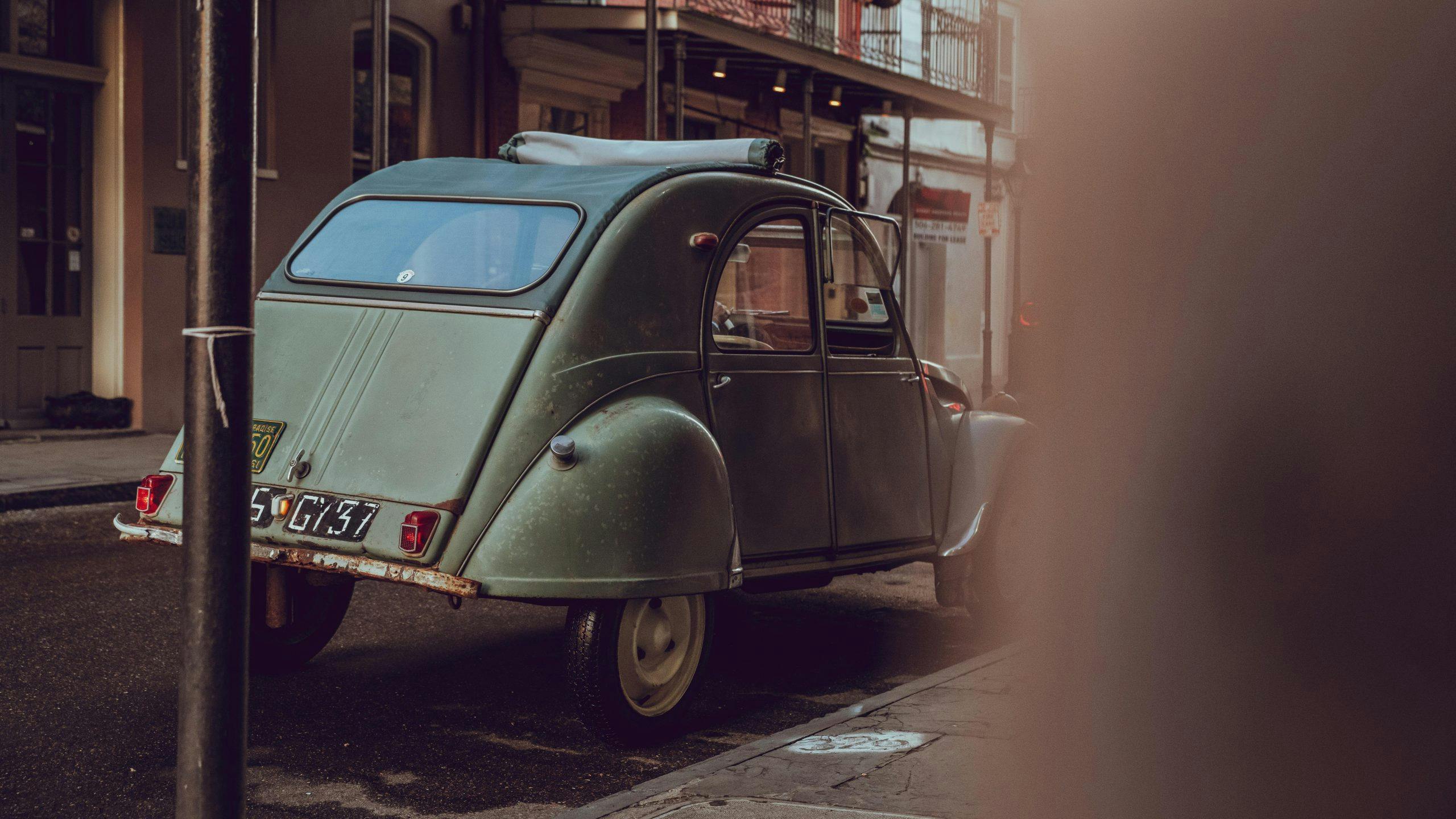Enjoy Citroen stories, opinion, and features from across the car world - Hagerty Media
Sam Prokop makes sure to get out and drive early. In the summer, the New Orleans heat and humidity reach tropical intensity by mid-morning. Once the tourists sleep off their hangovers the streets around the Garden District and the French Quarter will be swarming with throngs of people. Besides, Roscoe—Prokop’s beagle-labrador mix—is always up early and ready for a ride.
And so, Sam and Roscoe pile into Prokop’s 1961 Citroën 2CV and make their way through the quiet streets in search of whatever the day has to offer. Motoring through the French Quarter, Prokop maneuvers around the delivery trucks that stock the local restaurants. He waves at pedestrians who, equally charmed by the little French car and the dog that rides in it, shout out compliments and scramble for their phones in hopes of snapping a photo. Very seldom does Prokop have a destination in mind; simply moving forward through the morning streets is reward enough for waking up early.

“You have the windows open, you have top rolled back and you sort of don’t care if it goes fast or not,” says Prokop, “Because at the end of the day, it’s moving forward. That’s what matters.”
In 2021, few people own a Citroën 2CV for mere transportation. With their lawn chair interior, leather straps in lieu of a gas gauge, and 23-horsepower, air-cooled, two-cylinder engines, these 1100-pound French cars are a relic of a simpler time. They are also, for Prokop, a connection to his homeland.
Prokop was born and raised in France, where the 2CV was as important as the Volkswagen Beetle in Germany or the Ford Model T in the United States. Like those cars, the 2CV was designed to be cheap to build, cheap to operate, and rugged enough to bounce across pockmarked roads or farm fields without breaking a basket of eggs in the back seat. That Citroën achieved these aims in the 2CV—and that the company produced them beginning in 1948 all the way to 1990—is remarkable from a design and manufacturing perspective, but it’s hardly the sort of thing that have inspired a young Sam Prokop to desire to own one as a young man growing up in France.
After moving to the United States with his American wife, however, Prokop found himself wishing for an automotive connection to his homeland. His mind quickly returned to the cars that most stood out in his memories, and his search ended when he stumbled across this 1961 model in a barn in rural France, where it had been tucked away by its original owner 26 years earlier. With the help of some new spark plugs, a new dynamo, and some fresh gas, the 2CV cranked right over as if it had been parked the day before.
“It continues to be the most reliable car I’ve ever owned,” says Prokop. “I would take this car cross-country tomorrow in the state she’s in and she’d be fine.”
Prokop, Roscoe, and the 2CV have become a regular feature on New Orleans streets. Occasionally they’ll set out in search of Petite Rouge, a local coffee truck (or, more accurately, a coffee truck housed in a 1970 Citroën H-Van) that sets up shop around New Orleans, and then head for the sprawling lawns of New Orleans City Park, where Prokop lets Roscoe out to stretch his legs and play fetch outside the New Orleans Museum of Art. After a drive along the shore of Lake Pontchartrain, Prokop and Roscoe will head home.

The route may change from day to day, but one constant is the attention this 2CV receives from onlookers. Wherever he goes, Prokop knows that other drivers will shift into reverse and roll down their windows just so they can ask him about the car. While most of the curious onlookers are unable to identify the Citroën, they all have a smile on their face when they see it.
“Every time I pass in front of somebody—kids, adults, sixty-year-olds, ten-year-olds, it doesn’t matter—they all smile,” says Prokop. “I love that about this car. You might say it’s what drives me to drive.”
These 2CVs may not be terribly comfortable. They are not always easy to drive, and they are certainly not going to deliver a driver to a destination with any sense of urgency. What these simple little French cars do promise, however, is that every drive will be an adventure, and for Sam Prokop this is all that matters.

































